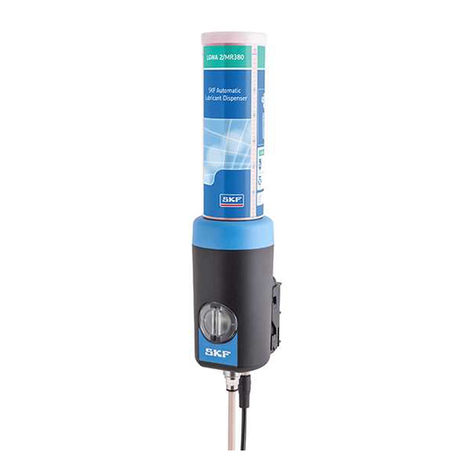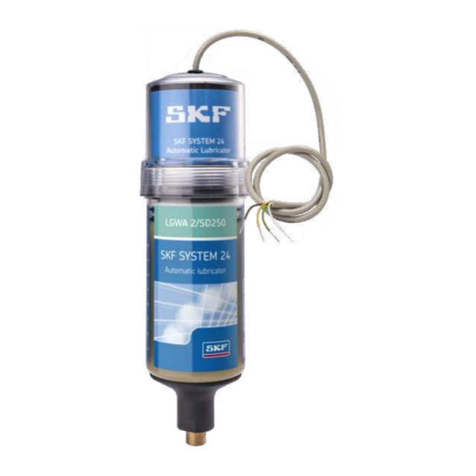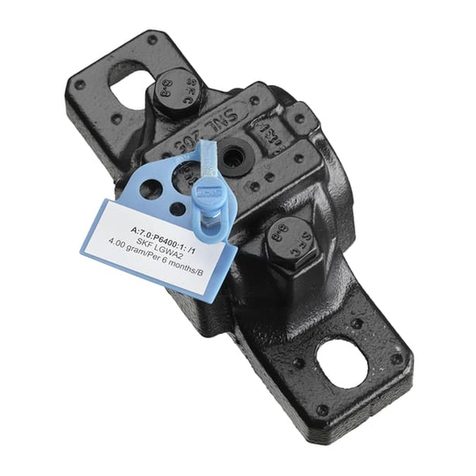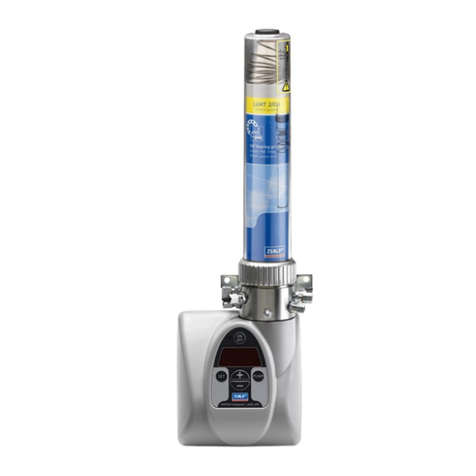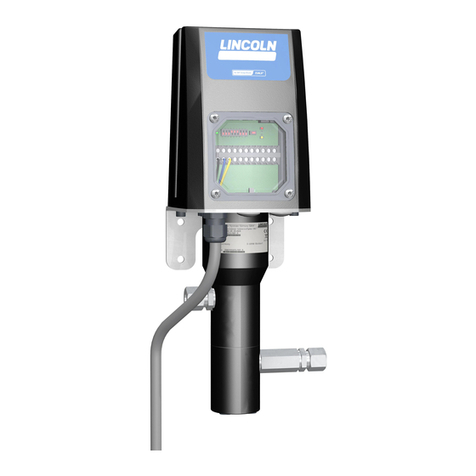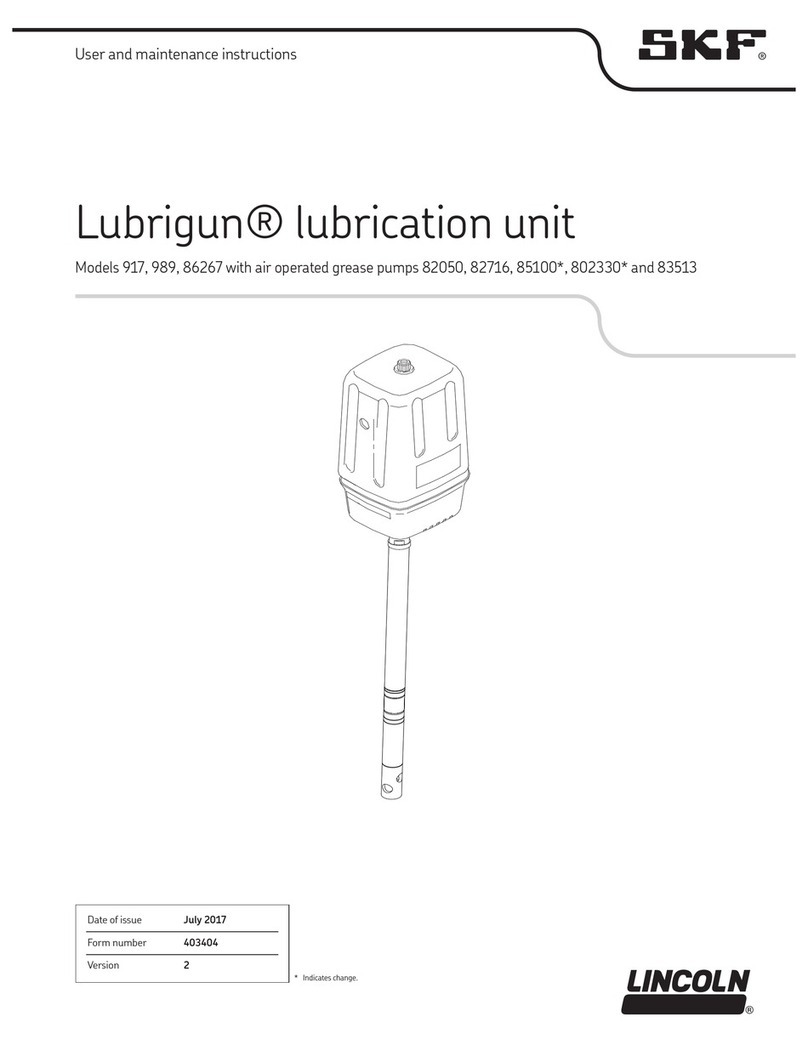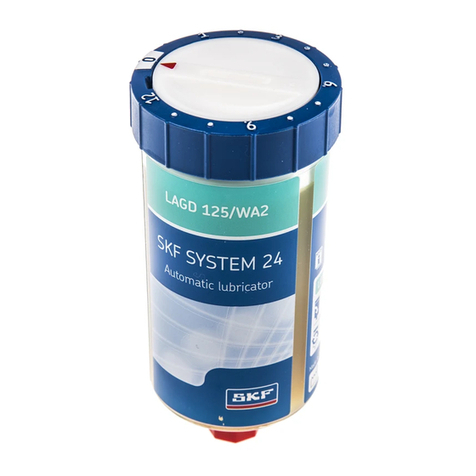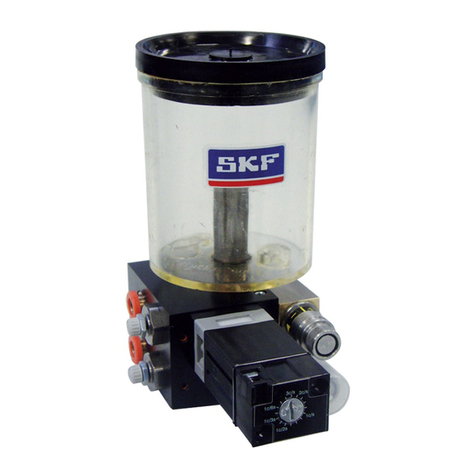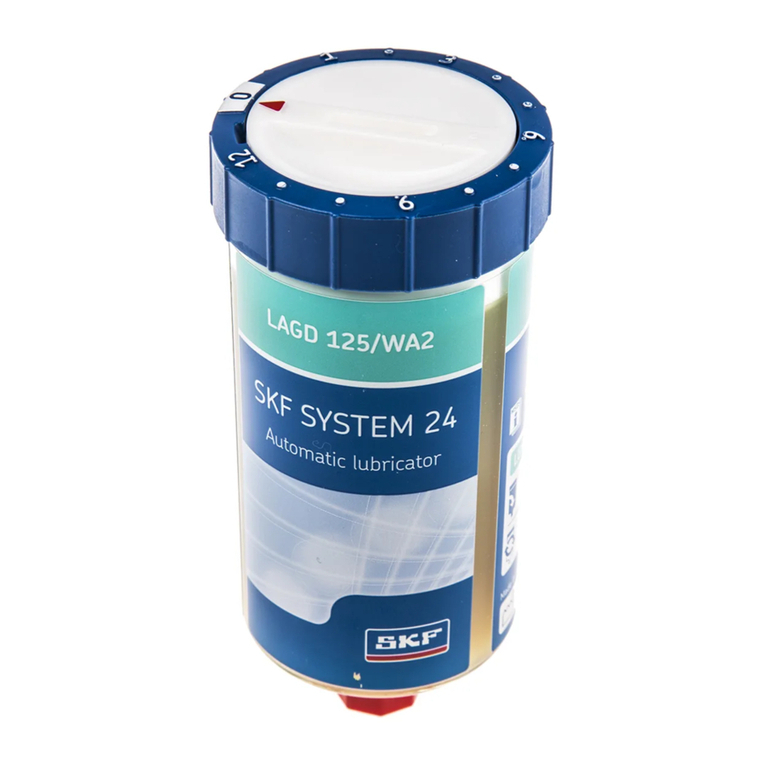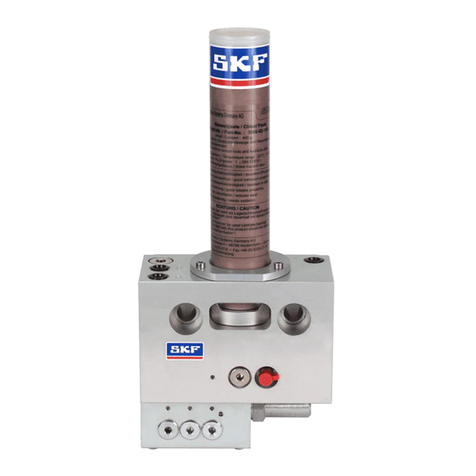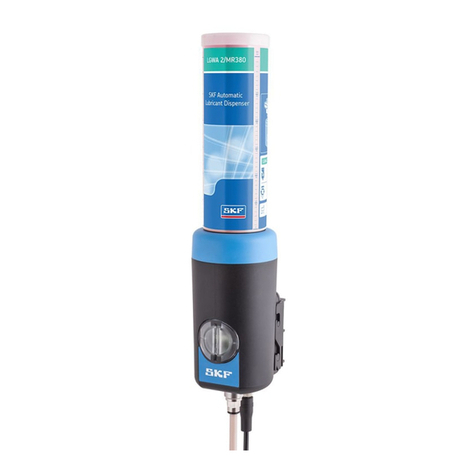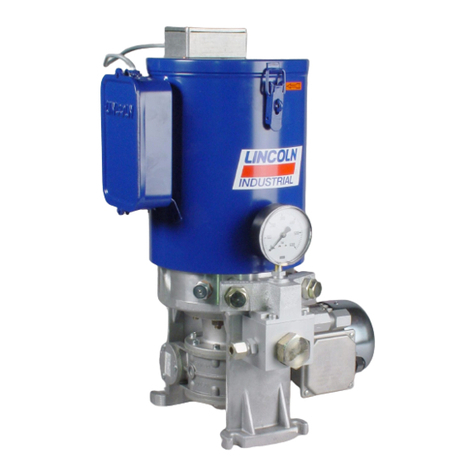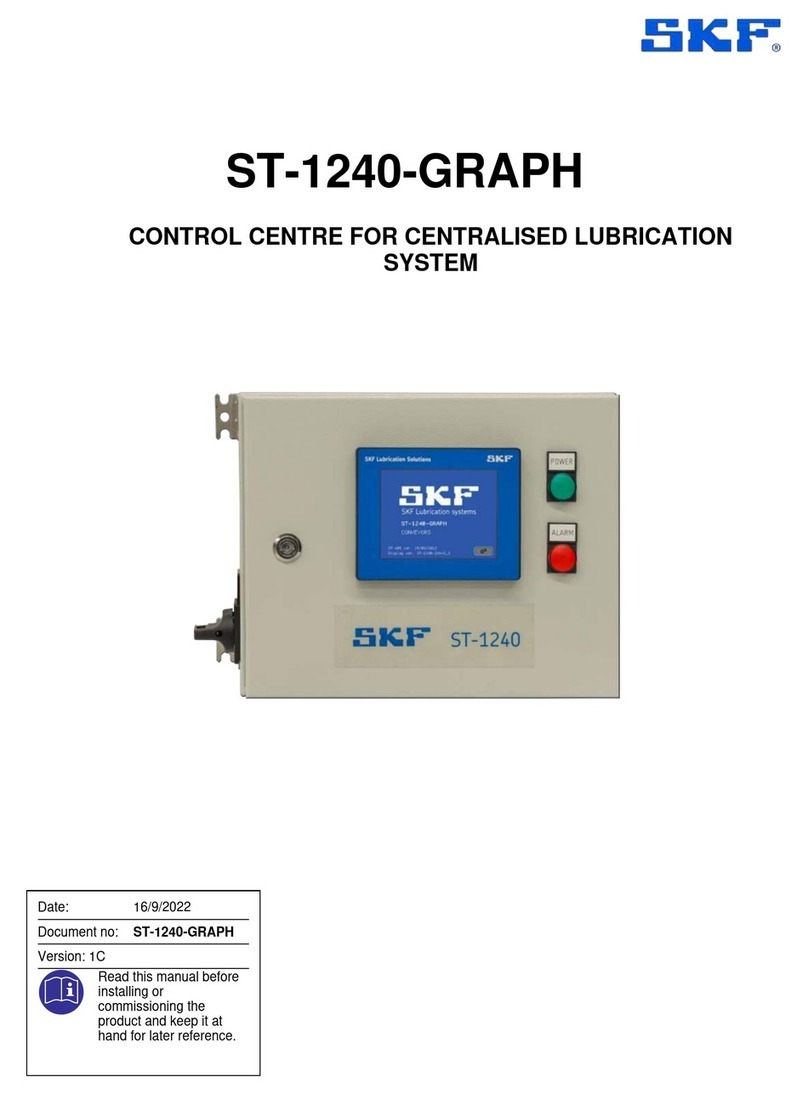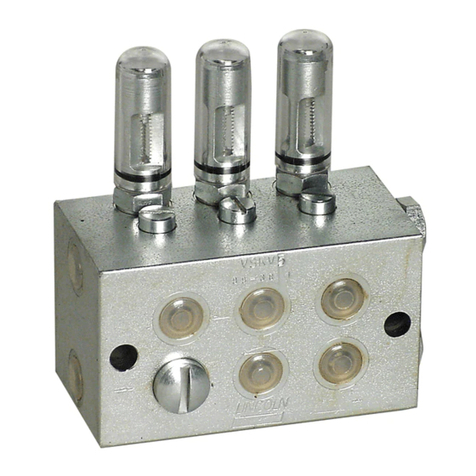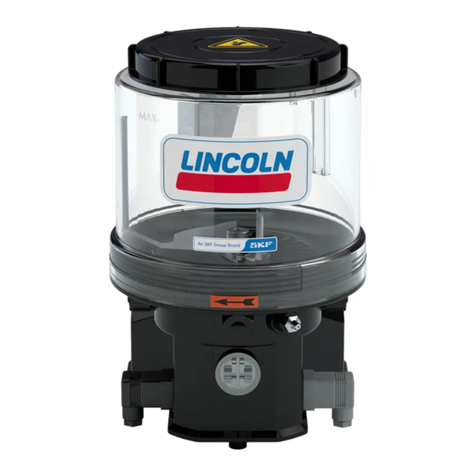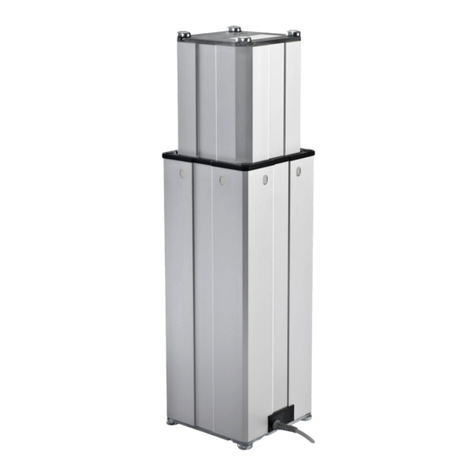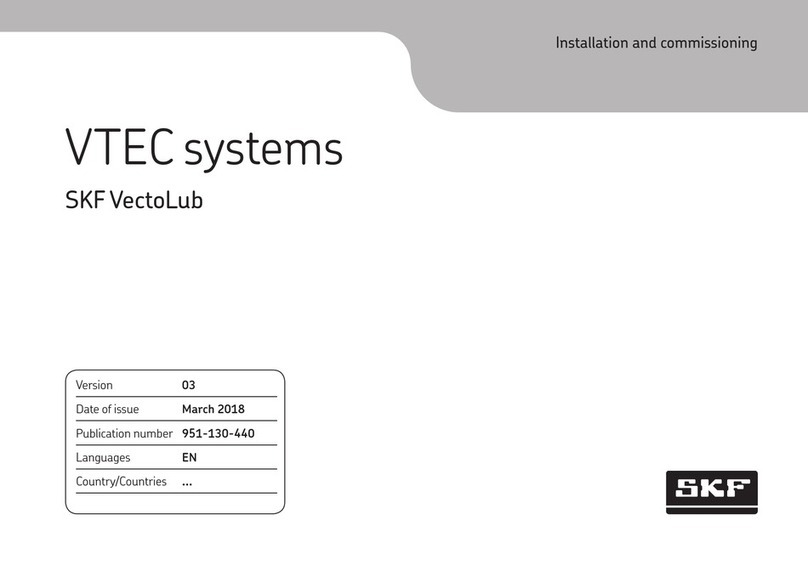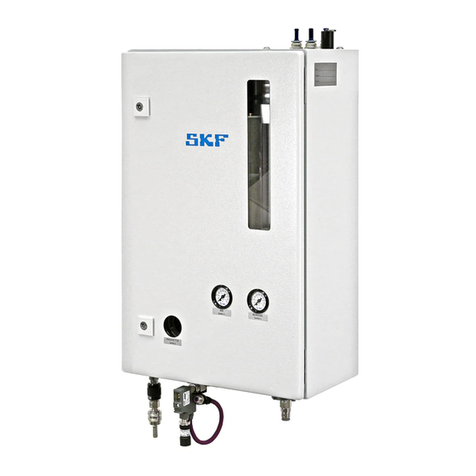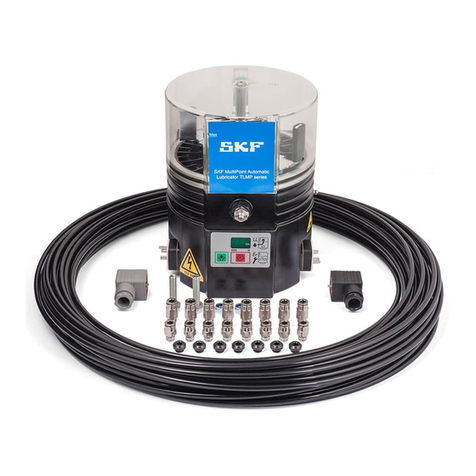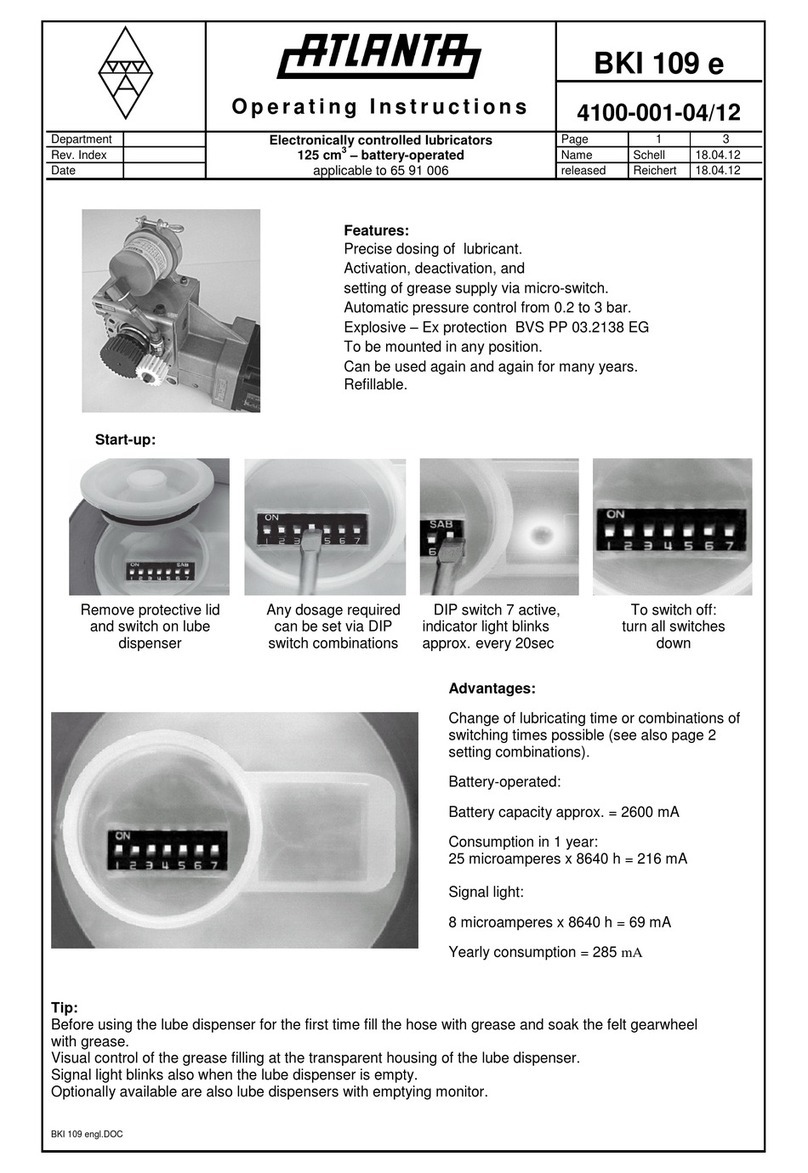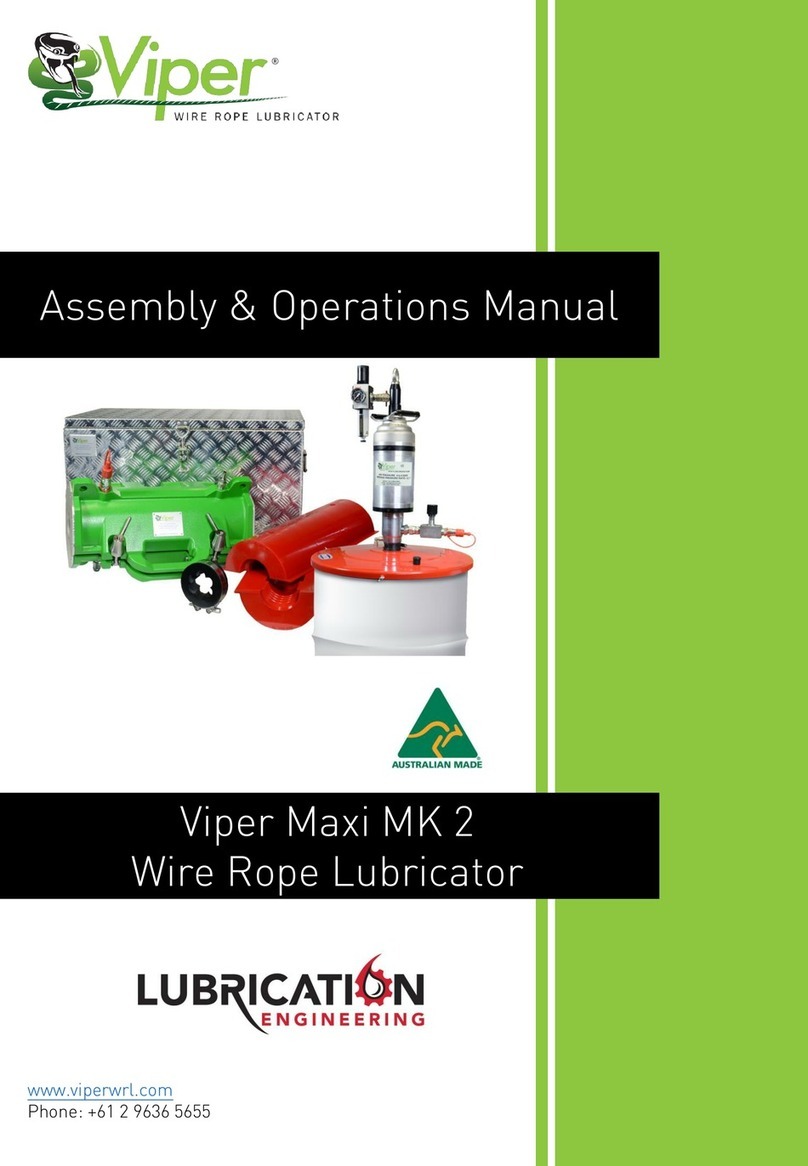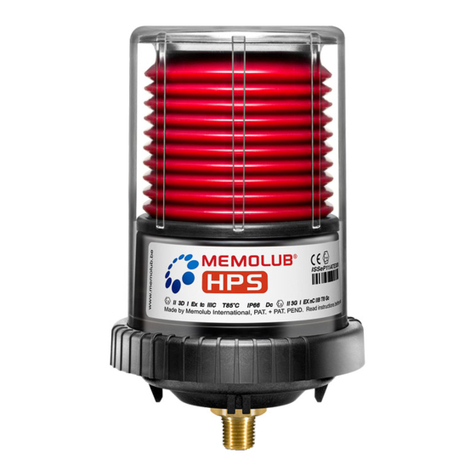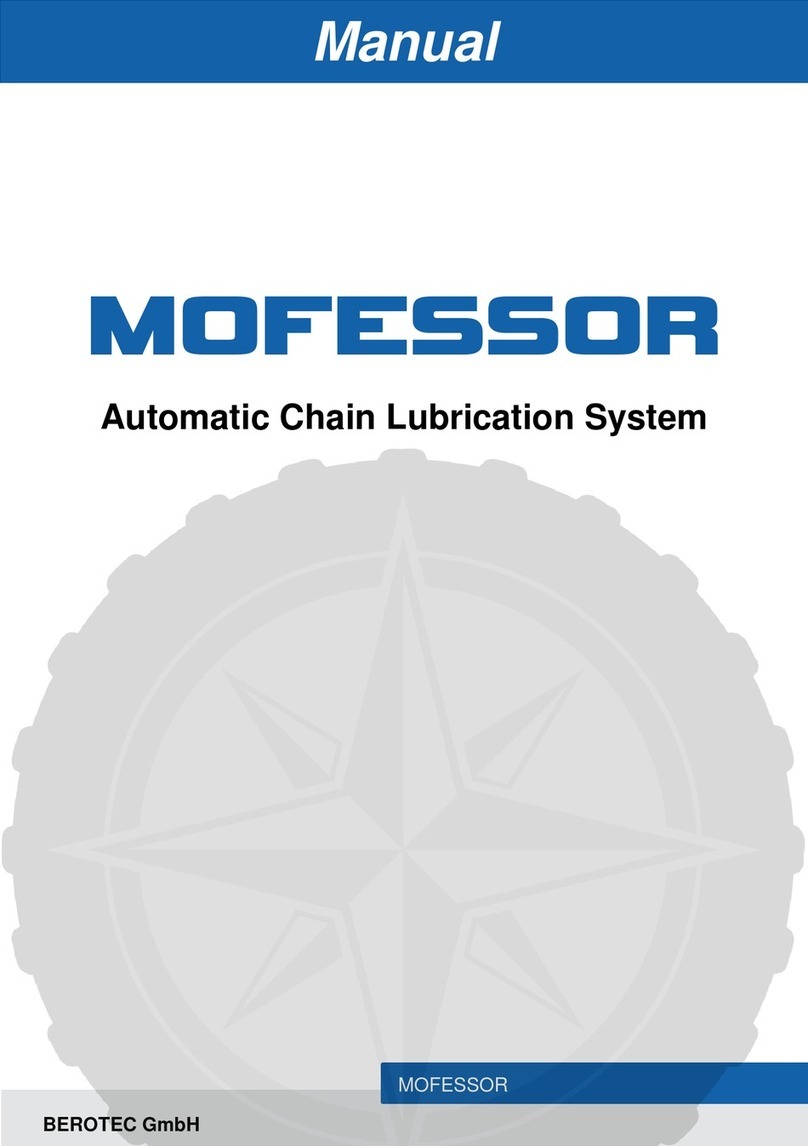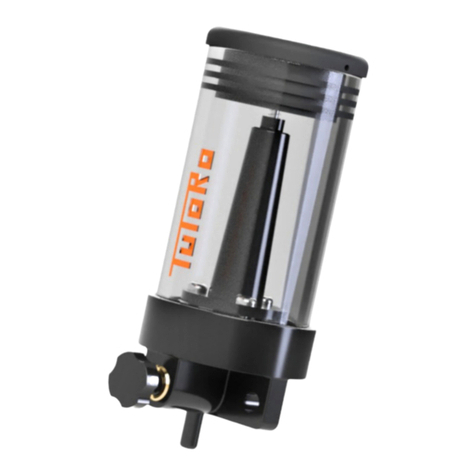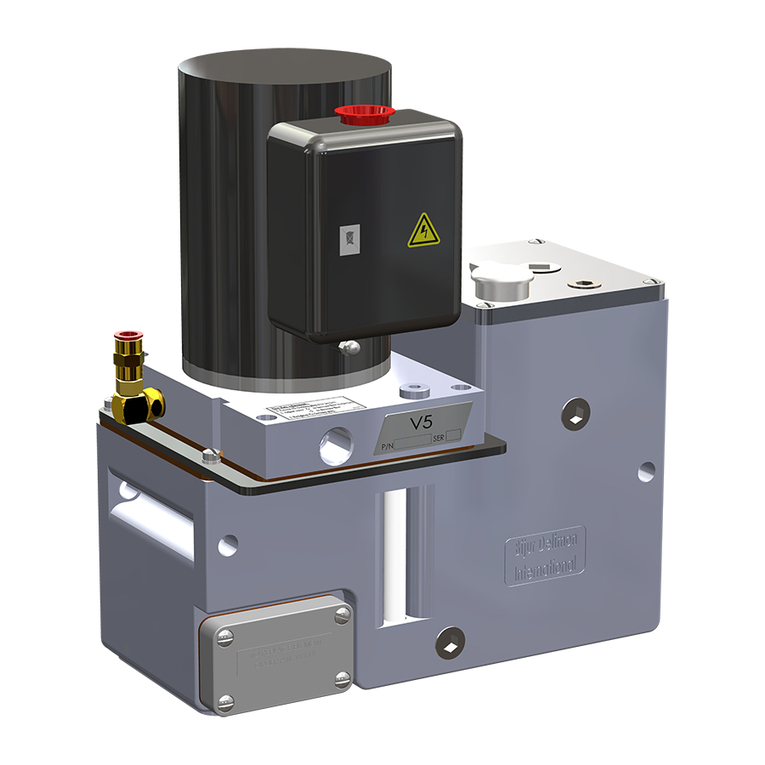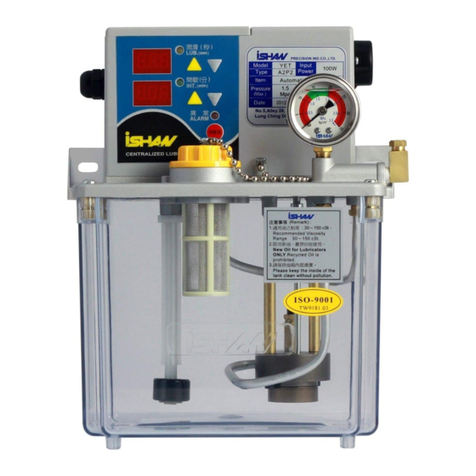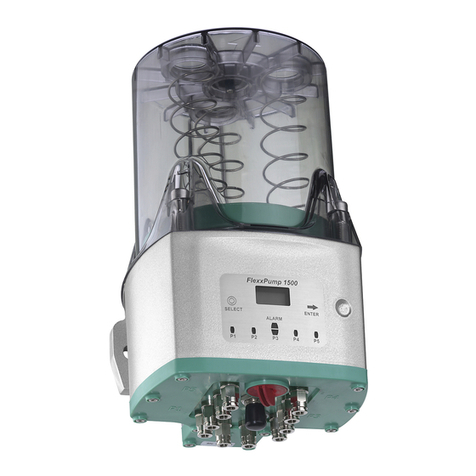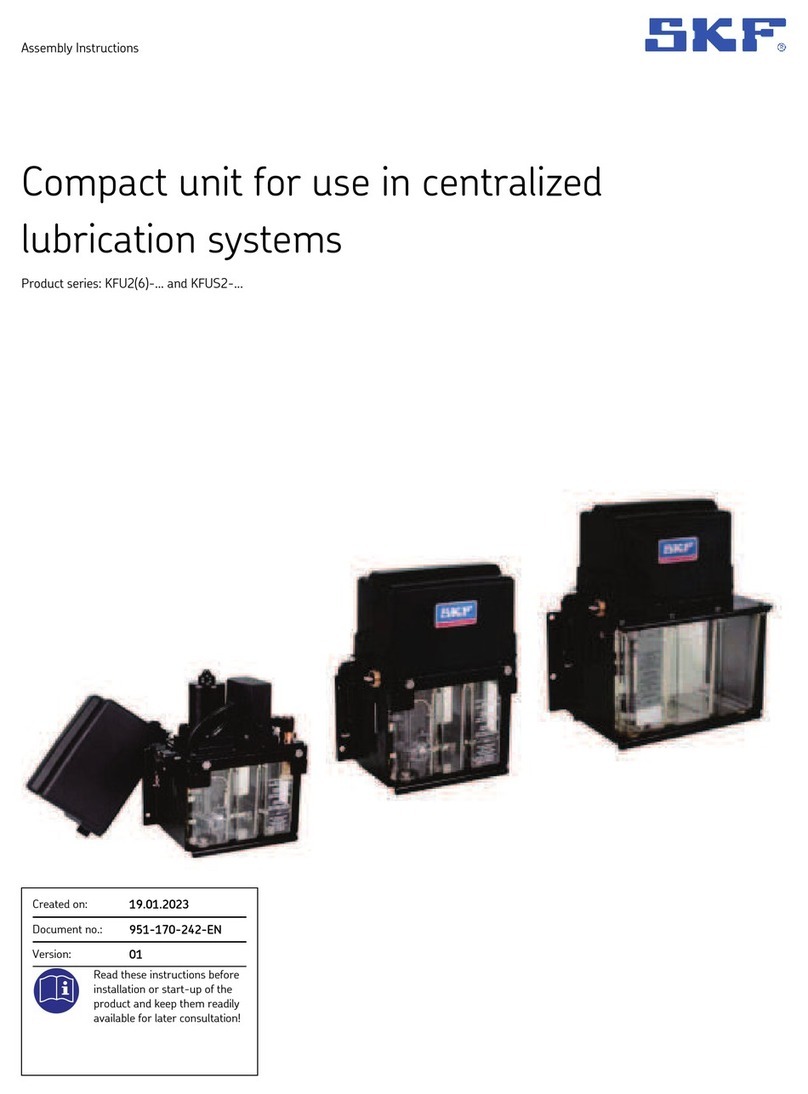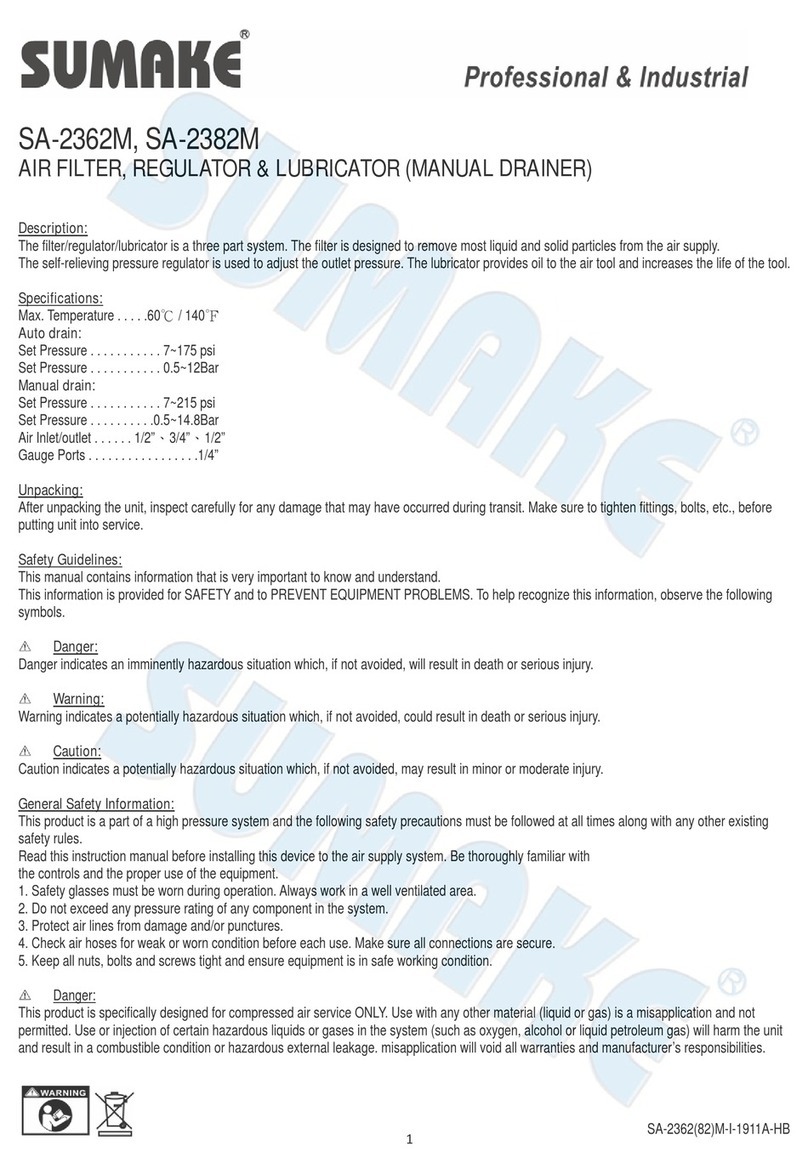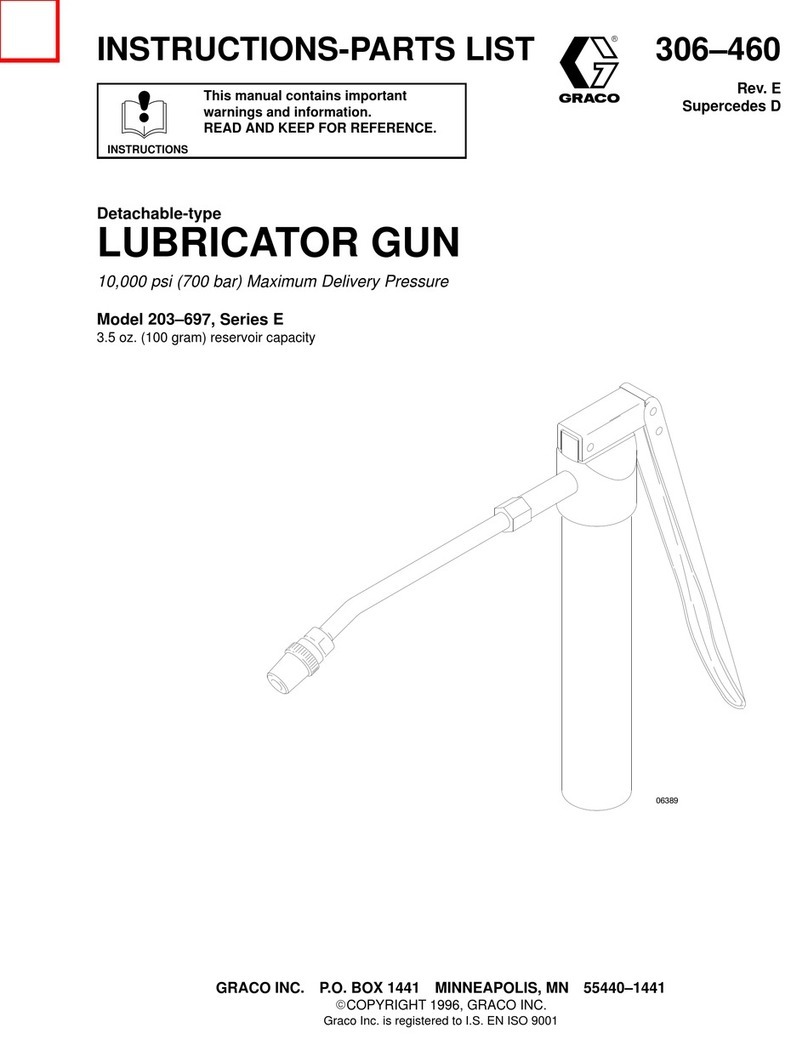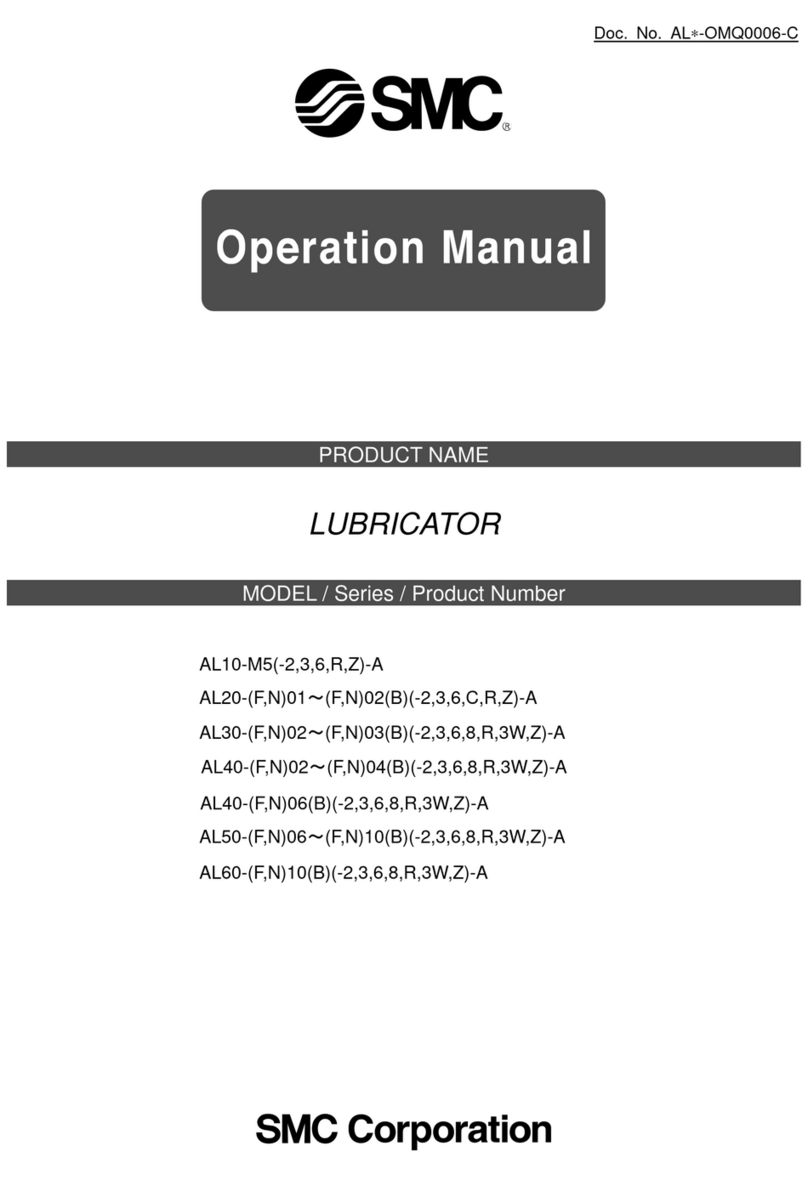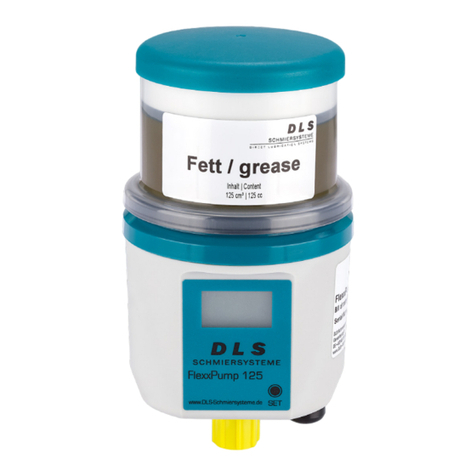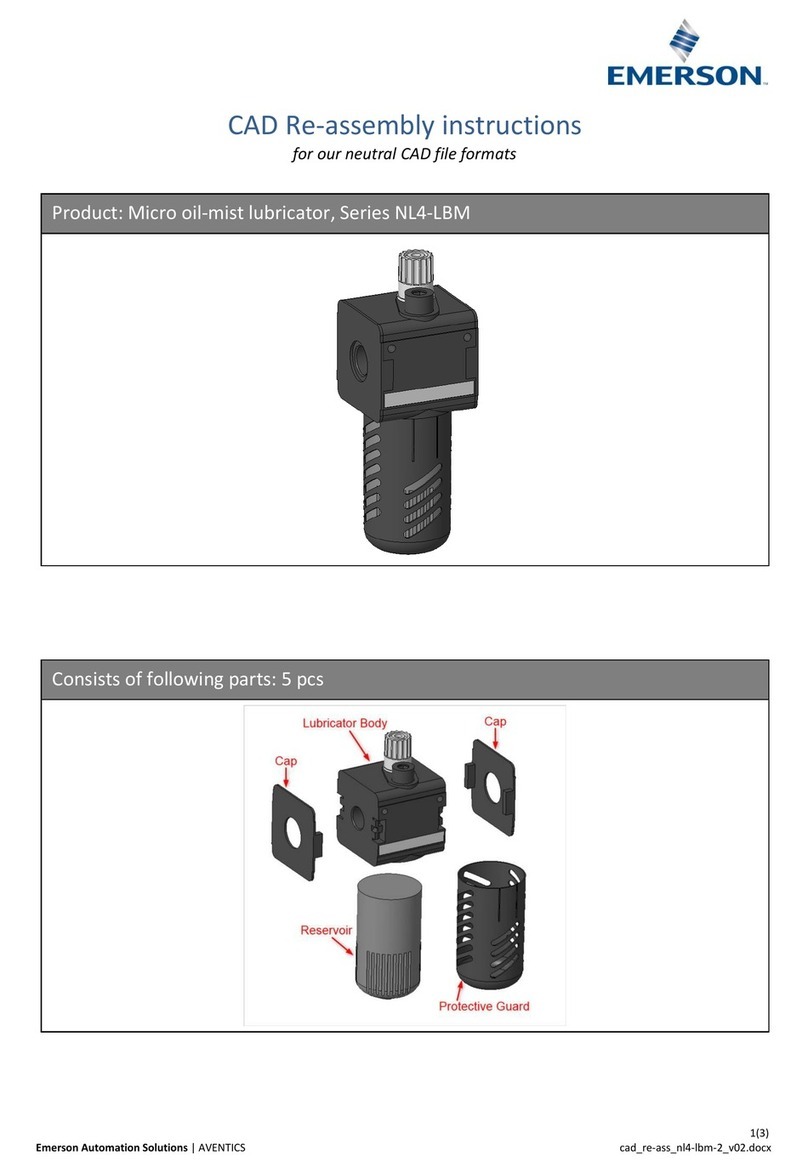
- 7 - 951-181-016
Version 06
EN
Table of contents
Table of contents
EU Declaration of conformity following ATEX directive 2014/34/EU,
annex X ..................................................................................................................2
UK Declaration of Conformity following to Regulation the Equipment and
Protective Systems Intended for Use in Potentially Explosive Atmospheres
Regulations 2016 (2016 No. 1107)....................................................................3
Explanation of symbols, signs and abbreviations...............................................9
1. Safety instructions...................................................................... 11
1.1 General safety instructions..................................................................11
1.2 General behaviour when handling the product.................................11
1.3 Intended use..........................................................................................12
1.4 Foreseeable misuse..............................................................................12
1.5 Modifications of the product................................................................12
1.6 Painting..................................................................................................13
1.6.1 Painting of plastic parts........................................................................13
1.7 Notes related to the CE marking.........................................................13
1.8 Prohibition of certain activities............................................................13
1.9 Inspections prior to delivery ................................................................13
1.10 Other applicable documents................................................................13
1.11 Markings on the product......................................................................14
1.12 Notes related to the UKCA marking ....................................................14
1.13 Notes related to the type identification plate.....................................14
1.14 Persons authorized to operate the pump ..........................................15
1.14.1 Operator.................................................................................................15
1.14.2 Specialist in mechanics ........................................................................15
1.14.3 Specialist in electrics ............................................................................15
1.14.4 Specialist for maintenance and repairs in potentially
explosive atmospheres.........................................................................15
1.15 Briefing of external technicians...........................................................15
1.16 Provision of personal protective equipment......................................15
1.17 Operation...............................................................................................16
1.18 Emergency stopping.............................................................................16
1.19 Transport, installation, maintenance, malfunctions, repair,
shutdown, disposal...............................................................................16
1.20 Initial commissioning / daily start-up.................................................18
1.21 Cleaning .................................................................................................18
1.22 Special safety instructions regarding explosion protection .............19
1.23 Expiry of the ATEX approval.................................................................20
1.24 Explosion protection marking..............................................................20
1.24.1 ATEX marking T6...T5...........................................................................20
1.25 General residual risks...........................................................................21
1.26 Residual risks ATEX...............................................................................22
2. Lubricants................................................................................... 24
2.1 General information .............................................................................24
2.2 Selection of lubricants..........................................................................24
2.3 Material compatibility...........................................................................24
2.4 Temperature characteristics................................................................24
2.5 Lubricants in explosive atmospheres .................................................25
2.6 Ageing of lubricants..............................................................................25
3. Overview, functional description ................................................ 26
4. Technical data ............................................................................. 29
4.1 Mechanics..............................................................................................29
4.2 Nominal output volumes .....................................................................30
4.2.1 Output diagram.....................................................................................30
4.3 Tightening torques ...............................................................................31

